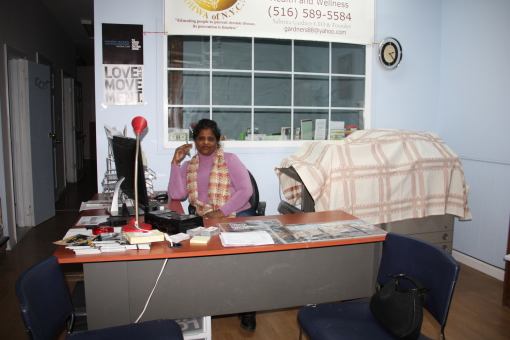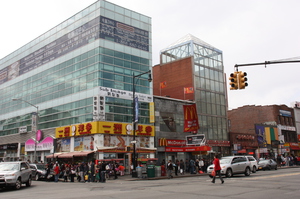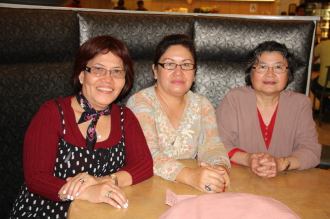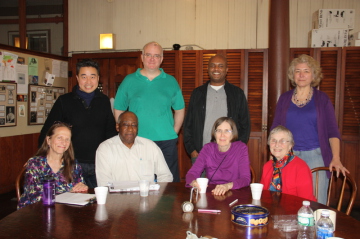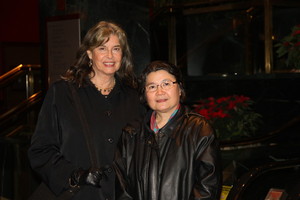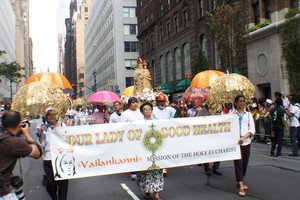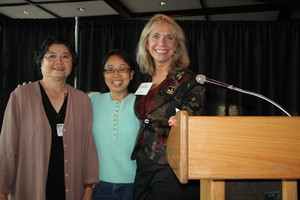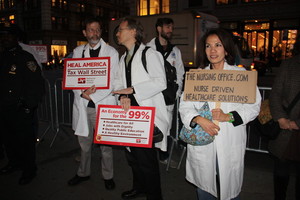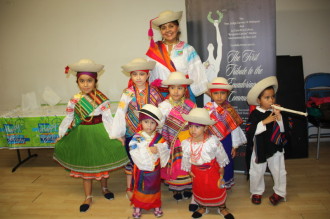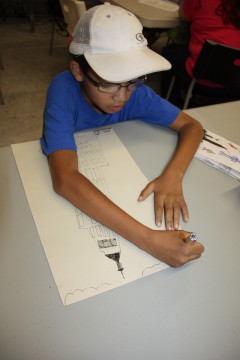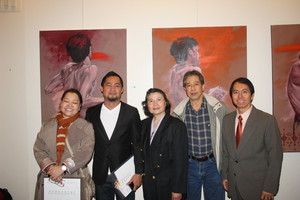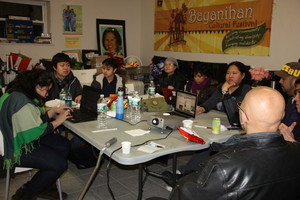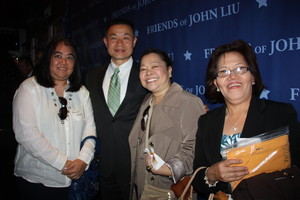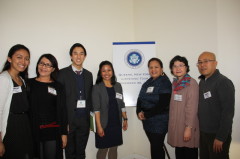Las Islas Filipinas Commemorates
The Battle of Sibuyan Sea (B.O.S.S.)
October 24, 1944 is a significant day in the world’s Naval History and may eveThe Battle of Sibuyan Sea (BOSS)n be the day of the Greatest Naval War in WWII because it was then where Japan’s biggest battleship, the MUSASHI, one of the two biggest war vessels in the world then, along with the USS Princeton and the USS Indianapolis, were sunk. However, the mighty USS Intrepid was able to survive, thus paving the way for the successful landing of Gen. Douglas MacArthur in Leyte Gulf, on October 20, 1944, four (4) days earlier before the Battle of Sibuyan Sea happened.
The Battleship Musashi, owned by the Emperor of the Imperial Navy of Japan, was built in secrecy at the Nagasaki Naval shipyards, in violation of the Treaties of London and Washington. It is said that the workers who built the ship were killed thereafter in order to keep and maintain its very secret and vital mission. “While the actual physical battle was largely conducted between American and Japanese navy and air forces, a little-known but ultimately controlling fact was the crucial role played by Filipino World War II Guerillas in the final outcome. They were the ones responsible for the recovery and transmittal to the American military under Gen. Douglas MacArthur in Australia of confidential Japanese documents containing the war plans of the Japanese Navy, which had been lost at sea when the aircraft carrying Admiral Koga crashed in Philippine waters” (near Carcar, Cebu).
– Jesus Terry Adevoso, Asst. Secretary for Veteran Affairs.
While the Yamato, the Musashi’s sister ship is now a museum in Japan, the USS Intrepid stands proud and mighty as a public museum in America for everyone to explore. Many, however, do not know its significance during WWII, particularly in the Philippine Seas. It is sad to note that even the Philippines does not have a display of this significant Battle of Sibuyan Sea at our National Archives and Museum. Hence, it will be through a yearly commemorative event that we, Filipino-Americans will become more visible in the history of New York by recognizing its great significance in the American War in the Pacific, thereby honoring those unsung heroes who have sacrificed their lives for freedom and love of country, not to be forgotten in the years to come by future generations.
The PROJECT
This project started with a vision way back in 2007 in the Philippines. Our non-government organization, Romblon Cultural Heritage Association, Inc. (is this correct?) first commemorated the Battle of Sibuyan Sea through a floral offering and a Cultural Heritage program at Alcantara, a remote municipality in Romblon, Philippines, close to where Sibuyan Sea is located. Among those who participated as guests of honor were representatives from the US Embassy and Australia.
In March 2015, Mr. Paul Allen, billionaire, philanthropist , a son of a World War II veteran and co-founder of Microsoft , who was still actively in the expedition of sunken ships, with his crew, were able to locate the wreckage in the Philippine waters in their explorer ship, the M.V. Octopus. This keen interest in WWII sunken ships was unfortunately cut short when Mr. Allen passed away from cancer on October 15, 2018.
In 2015 I had written a letter to the Marketing Department of The USS Intrepid Museum expressing our intention to hold the event in one of its Function Rooms. Later on however, we decided to hold it at the New York Philippine Consulate on October 24, 2015, where it was received with great pride since October is Philippine Heritage and History month.
This year 2019 we intend to commemorate the 75th Anniversary of the Battle of Sibuyan Sea at the USS Intrepid Museum. Hence I would like to request through your most admirable leadership to please advise us, in behalf of the Filipino–American community in New York, on how the Battle of Sibuyan Sea could be best commemorated to recognize the unsung heroes that have been forgotten or unrecognized, and to honor the US Navy, with its allies, the Philippine Navy and the Australian Navy, which aided U.S. victory in WWII, as well acknowledge a worthy adversary, the Imperial Japanese Navy.
I will be most appreciative if you could spare the time in your busy schedule to discuss this historically important event in a personal meeting so we can show more detailed materials in this presentation.
The MISSION
History will repeat itself unless we learn from it; and the pain, the tragedies, the havoc it wreaks will happen over and over again for generations. Indeed, we must learn from our past to help shape our present decisions for the future.
While we all come from different roots, consistent and vibrantly directed exchanges of varied cultural perspectives will foster deeper understanding of historical events that have impacted the modern world we presently live in.
VISION: To have the Commemoration of the Battle of Sibuyan Sea become a globally
celebrated event at the United Nations.
OBJECTIVES:
- To promote the Commemoration of The Battle of Sibuyan Sea during WWI and sharing of information to the youth about the happenings and after-effects of the war in the Pacific that helped turn the tide for America to win the war.
2. To demonstrate that enemies could turn into friends, given time and progressive perspectives that stimulate thoughtful analysis that change and/or enhance deeper understandings of past historical events.
- To initiate, encourage and support cultural exchanges amongst the citizens of nations involved: the U.S., Philippines, Japan and Australia, in order to work towards global peace, understanding and goodwill as a common goal for all generations to come.
Jan wrote: "To honor our heroes who have sacrificed their lives during World war 2 at the Battle of Leyte Gulf , Philippine Seas Leyte Gulf Landing of Gen. Douglas MacArthur , President Osmeña and FilIpino and American General Carlos P. Romulo happened on October 20, 1944 in Palo, Leyte The Battle of Leyte Gulf raged from October 23 through 25, 1944. It was the largest naval battle ever fought — ending in the eclipse of the Imperial Japanese Navy (IJN) and its last sortie in force. Leyte Gulf also was the scene of the first organized use of Kamikaze (suicide) aircraft by the Japanese. The Australian heavy cruiser HMAS Australia was hit on October 21, and suicide attacks by the "Special Attack Force" began on October 25th. The Battle consists of : 1. Cape Engaño 2. Palawan Passage 3. Battle of Sibuyan Sea- October 24, 1944 - where Japan’s biggest battleship sank - the beginning of the end of WWII. 200 planes came from the Intrepid USS Bunker Hills successfully attacked the battleship MUSASHI and sunk in Sibuyan Sea, Romblon 4. Battle of Surigao Straights 5. Battle of Samar All these was commemorated on the 75th Anniversary of the Battle of Leyte at the World War II Memorial by the Friends of World War II Memorial Below is a brief outline of the Wednesday, October 23rd ceremony: 11:30 a.m. Ceremony begins with Welcome by emcee Jan Scruggs, founder of Vietnam Veterans Memorial 11:32 a.m. Presentation of Colors by Armed Forces Color Guard 11:33 a.m. National Anthem 11:35 am. Retiring of the Colors by Armed Forces Color Guard 11:36 a.m. Invocation by Chaplain (Commander) Garry Thornton, USN 11:38 a.m. Remarks by Josiah Bunting III, Chairman of the Friends of the National World War II Memorial 11:42 a.m. Remarks by Joan Cox Danzansky, Daughter of Army Colonel Joseph W. Cox Jr., who was a casualty of the Battle of Leyte 11:46 a.m. Remarks by Rear Admiral Sam Cox, USN (Ret.), Director of the Naval History and Heritage Command 11:50 a.m. Presentation of Wreaths at Pacific Arch by: United States of America / Friends of the National World War II Memorial Josiah Bunting III Joan Cox Danzansky Rear Admiral Sam Cox, USN (Ret.) William Ryan, WWII veteran Ira Rigger, WWII veteran Australia Commodore Mat Hudson, CSC, RAN, Naval Attaché of the Embassy of Australia, Washington DC Harry Miller, a veteran of WWII, Korea, and Vietnam Jane Droppa, Vice Chairman of the Friends of the National World War II Memorial The Philippines Captain Jesus L. Portiz Philippine Navy (GSC), Naval Attache of the Embassy of the Republic of the Philippines, Washington, DC Colonel William (Bill) Weber, a veteran of WWII and Korea Janette Andrada, Officer , National Federation of Filipino American Association (NAFFAA NY ) Sonny Busa, retired Army officer and U.S. Diplomat 11:55 a.m. TAPS 11:56 a.m. Ceremony concludes"





